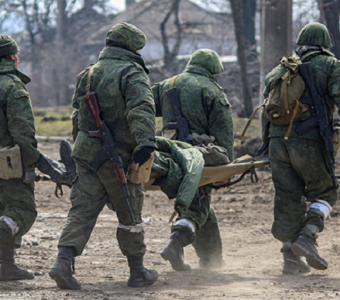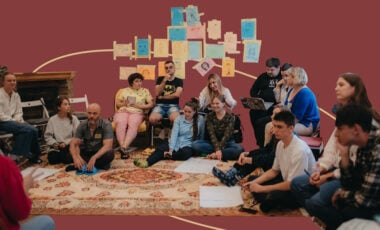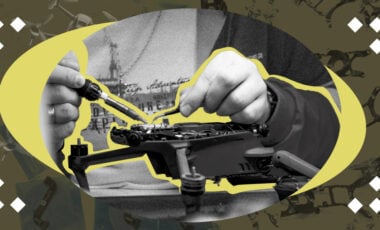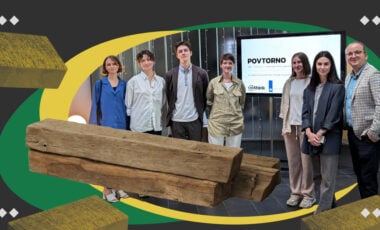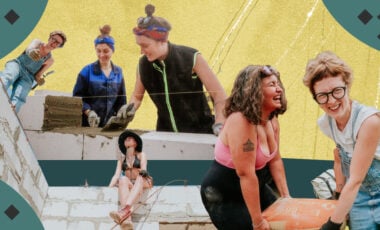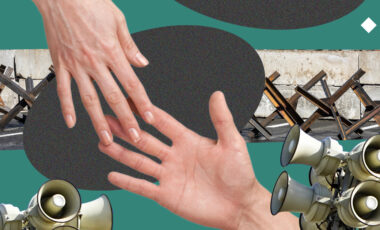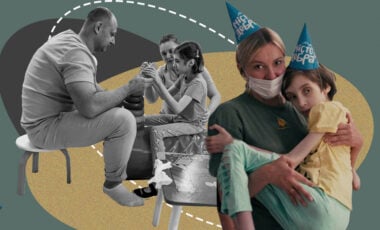Ukrainian confectioners recreate stolen and destroyed Kherson Museum artworks on desserts

Фото: Фейсбук /Херсонський художній музей
For Independence Day, Kyiv confectionery Namelaka created a new collection of desserts featuring reproductions of artworks destroyed or stolen by Russian invaders in the Kherson region.
The Kherson Art Museum announced this on Facebook, as reported by Rubryka.
"To preserve the memory of each lost masterpiece, we recreated the works that were destroyed or stolen by the occupiers in the Kherson region on cakes and gingerbread," the statement reads.
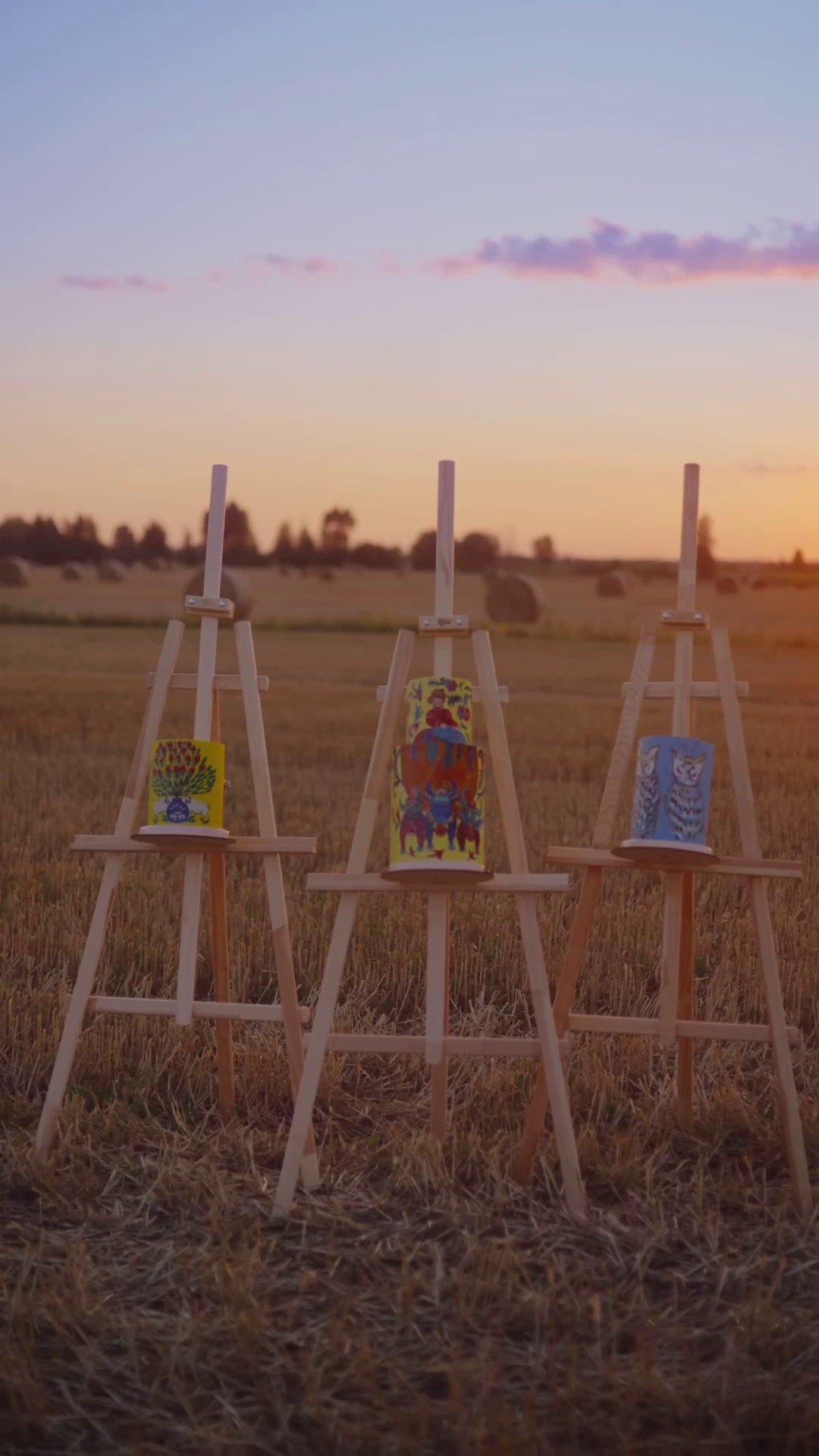
Photo: Facebook /Kherson Art Museum
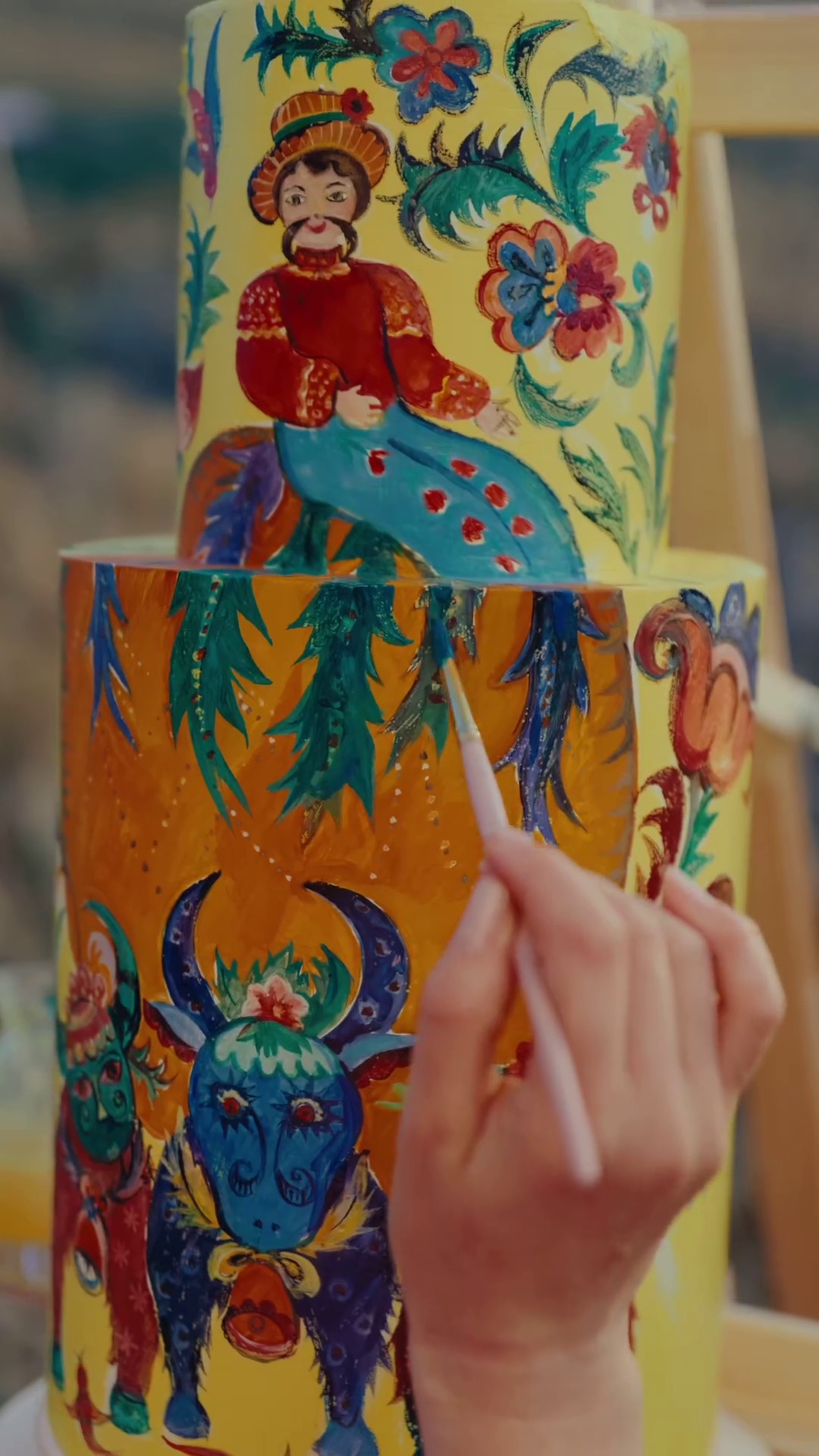
Photo: Facebook /Kherson Art Museum
The desserts feature reproductions of several artworks, including:
- Maria Prymachenko's "Tomatoes in a Vase,"
- Lyudmyla Vitkovska's decorative painting "Woe to that seagull, that brought out her children by the beaten road…"
- Polina Rayko's "Leopards," a fresco from the artist's house that was flooded after the explosion of the Kakhovka HPP.

Photo: Facebook /Kherson Art Museum

Photo: Facebook /Kherson Art Museum
It was also noted that all profits from the sale of this collection will be donated to the Kherson Art Museum named after Oleksii Shovkunenko.
What is known about the theft of paintings from the Kherson museum
The theft of paintings from the Kherson Art Museum occurred in the spring of 2022 when Russian forces ransacked the museum, stealing artworks and office equipment, and transporting them to occupied Crimea. The total number of illegally taken museum exhibits exceeds 10,000 items, highlighting the significant cultural losses caused by the occupation.
Efforts to identify the stolen works of art are ongoing. So far, 121 paintings have been officially recognized as stolen. Among the identified pieces is a painting by a Ukrainian landscape master recently confirmed to have been taken by the occupiers.
Earlier, the Kherson Art Museum identified another stolen painting during the occupation: "Old Crimea" by Emilia Goncharova. Additionally, the work "Kosari" by Maria Schneider-Seniuk, born in 1936, was found among the stolen pieces.
The museum also discovered another painting from its collection in a Russian TV channel broadcast, which had been stolen by the Russian occupiers during their control of the regional center.




